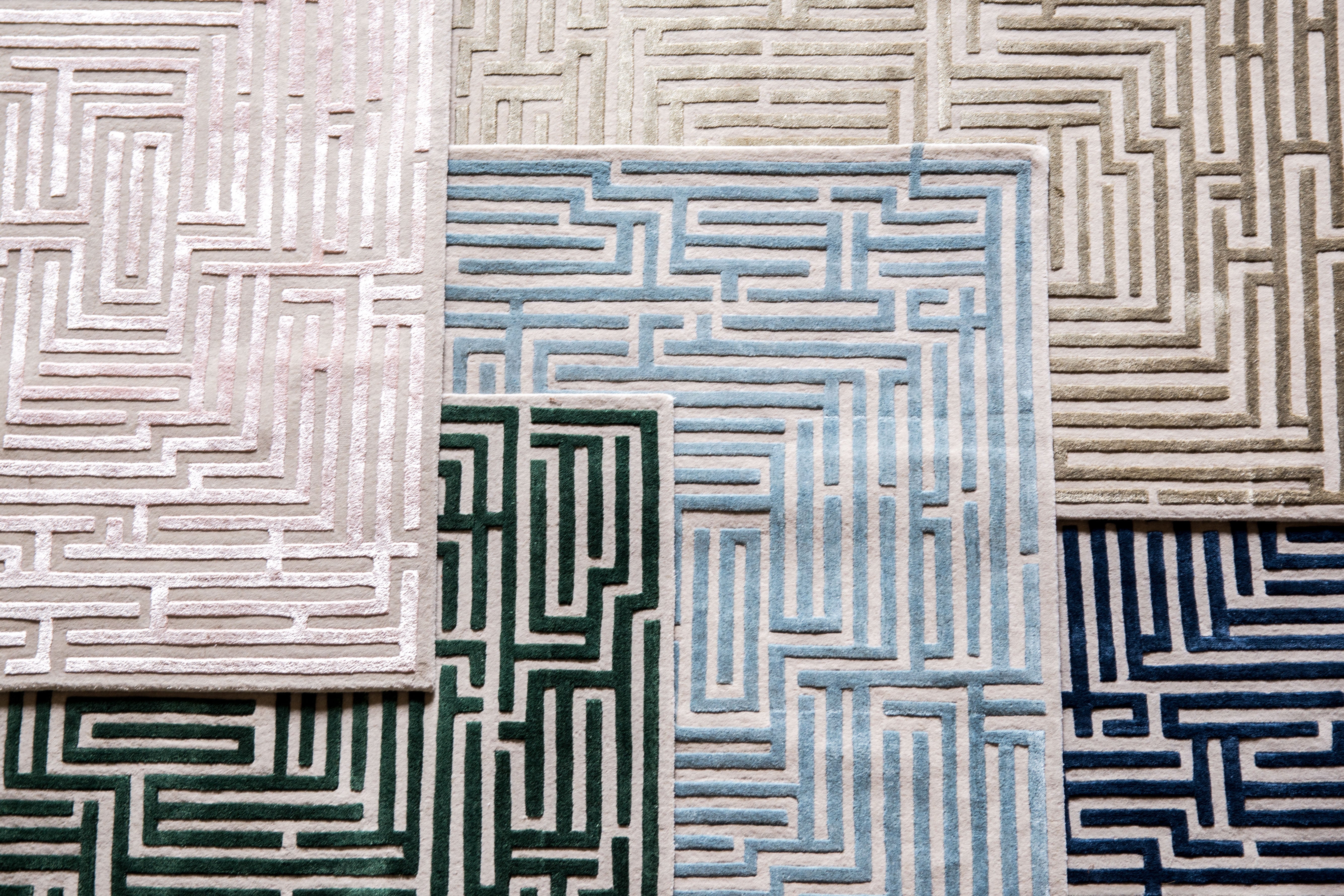What To Do About Cracks in Concrete Sidewalks?

Concrete is known for its strength , durability and longevity. As one of the most commonly used materials for sidewalks, it can easily endure heavy foot traffic and harsh environmental conditions. However, over time, the sidewalk's surfaces can cause cracks due to wear and tear, poor installation, soil movement, weather fluctuations and simply aging.
These cracks look undesirable and pose a safety risk for pedestrians, leading to more severe structural issues if left unaddressed.
Hairline Cracks
Hairline cracks are very thin (less than ⅛ inch wide) but run deep in the slabs. Typically, the shrinkage of the concrete during drying, particularly in hot and windy conditions, causes these cracks. Though hairline cracks are mostly cosmetic, they allow the moisture and water to seep in, which may cause deeper damage over time. Therefore, it is essential to fix them promptly before they become worse and lead to severe structural damage.
Fixing hairline cracks is just a simple DIY process with the following steps.
- Clean the Area: Use a wire brush to remove dirt, then rinse with water. Let it dry completely.
- Use Concrete Crack Filler or Sealant: Apply a flexible crack filler (like polyurethane or silicone-based sealant) using a caulking gun.
- Smooth and Cure: Smooth with a putty knife. Let it cure as per the manufacturer’s instructions.
Shrinkage Cracks
Shrinkage cracks are random and can appear soon after the concrete is poured. They occur as the concrete cures and loses the moisture too quickly. Generally, the shrinkage cracks are just cosmetic flaws and do not compromise the sidewalk’s durability and structural integrity, but they look unappealing. Using shrinkage-reducing additives in the concrete mix and following proper curing procedures can help lower the chance of shrinkage cracks.
To fix the shrinkage cracks, follow these simple steps:
- Remove dust, debris, and loose particles using a wire brush or vacuum. Ensure the surface is dry before applying any materials.
- Widen the cracks slightly with a chisel or grinder for better bonding if needed.
- Use a suitable repair material such as epoxy, polyurethane sealant, or cement-based filler and press it firmly into the crack.
- Level the surface with a trowel or putty knife. Allow it to cure as per the instructions given on the package for a durable finish.
Structural Cracks
Structural cracks are wide and deep, often appearing with other signs of damage, like crumbling or sunken slabs. They’re typically caused by poor construction, heavy loads, or extreme weather. Generally wider than ⅛ inches or more, they often extend through the entire thickness of the concrete. Structural cracks can get significantly worse and compromise the integrity of the sidewalks and pose serious safety risks if left unaddressed.
To fix the damaged sections having wider structural cracks, the replacement is a safer and cost-effective solution.
Settlement Cracks
These cracks happen when the ground beneath the sidewalk shifts or settles unevenly. This ground movement creates unsupported weak spots in the slabs, which are more likely to crack. They often appear as long, wide cracks and may cause one slab to sink compared to the adjacent slab. These cracks can be dangerous trip hazards and indicate a structural problem.
Following are some of the ways to fix settlement cracks:
Concrete Grinding
For minor settlement cracks where one part of the slabs is slightly lower than the other, concrete grinding can level the surface. THis method involves shaving down the raised portion of the concrete to eliminate the trip hazards. It is cost-effective and minimally invasive but only suitable for small vertical offsets.
Slab Jacking
Slab jacking, also known as mud jacking, is a technique where a mixture of cement, soil, and water (or polyurethane in the modern application) is injected under the sunken slabs after drilling small holes (1- to 2-inch in diameter) on the surface. The process lifts the slab back into its original position. However, this method is only beneficial when the slab is structurally sound.
Replacement
When sidewalk cracks become too wide, the surface tilts significantly, or there’s visible structural damage, the most reliable solution is often to take out the damaged section and replace it entirely. This kind of repair should be handled by a professional who understands proper sidewalk replacement. The work typically includes breaking up and removing the old slab, making sure the base underneath is solid, and then pouring fresh, high-strength concrete to match the surrounding area.
Soil Stabilization
Sometimes, fixing the sidewalk alone is not enough if the underlying soil is the real problem.
Soil stabilization techniques involve injecting grout or other stabilizers into the subgrade to prevent further settling. This is often done in conjunction with mudjacking or slab replacement.
Preventative Measures to Avoid Cracks
It is essential to figure out the potential issue early on and find the appropriate solution before concrete cracks have a chance to get worse. While some cracks are cosmetic, others may indicate more serious structural issues. Regularly inspecting your concrete sidewalks for new cracks and promptly making necessary repairs is crucial to avoid major structural damages in the long run.
If you're unsure of the reason behind the cracks and want to find the root cause of them, consider reaching out to your local concrete professionals. They can help you find the right solution for your concrete sidewalks by thoroughly assessing and identifying the root cause.
Conclusion
Cracks in concrete sidewalks may seem like a minor issue, but ignoring them can lead to costly repairs and safety risks. By understanding the type of crack and choosing the right repair strategy, you can restore your sidewalk’s strength and appearance while extending its lifespan for years to come. Remember, seeking professional assistance is crucial to finding the best repair solution for cracks and preventing them from being worse in the long run.









